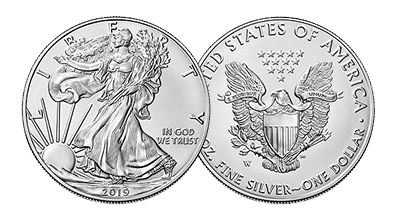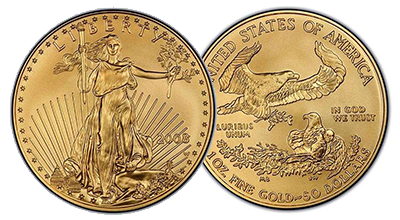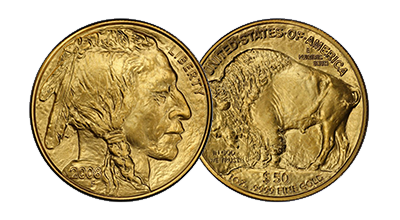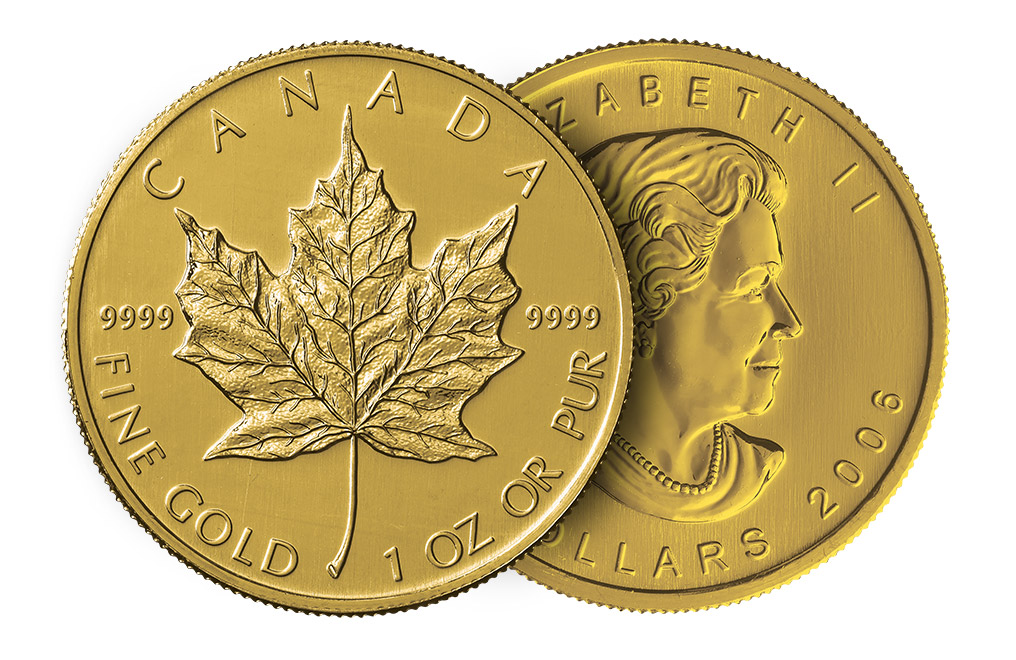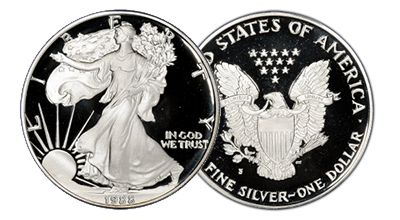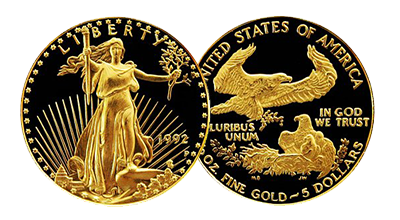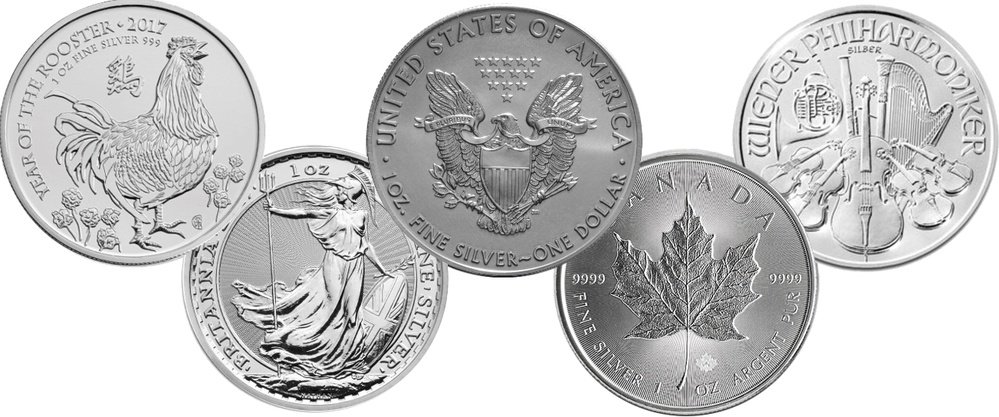American Silver and Gold Eagle Proof Coins and IRAs
Feb 10th 2021
American Silver and Gold Eagle Proof Coins and IRAs
People interested in investing in precious metals often ask about doing so through an IRA, or Individual Retirement Account.
But what exactly is an IRA? An IRA is a tax-advantage investing tool used to earmark funds for one’s retirement.
There are two main types of IRAs, traditional and Roth as well as a couple others. With a traditional IRA contributions to the account are tax deductible up to a certain amount and when funds are withdrawn, which happens after the account owner is 59 ½ or older to avoid penalties, that money is taxed at the ordinary income level. In addition, starting at age 72, the account is subject to an RMD, or Required Minimum Distribution.
With a Roth IRA, contributions are not tax-deductible but qualified distributions are tax-free, and there is no RMD. But there are certain income limits in order to be eligible to open an account.
Both types of IRAs are subject to limits on the amount of money one can put into the account each year, which is currently $6,000, or $7,000 after age 50.
Self-Directed IRA
Another type of IRA is an SDIRA, or Self-Directed IRA. To create an IRA used to invest in precious metals, it must be an SDIRA, which is a type of IRA that can hold alternative investments that are not normally allowed in an IRA such as certain kinds of precious metals. It is administered by a custodian or trustee, but the account holder manages the account. And it can be either a traditional or Roth IRA but is only available through firms that specialize in SDIRA custodian services.
Why do some people open SDIRAs and use them to invest in precious metals? The main reason is because this offers both tax advantages and greater diversification of one’s assets compared to investing only in traditional assets like stocks and bonds, whose performance is not subject to how those markets do.
An initial purchase in a Precious Metal IRA must be at least $5,000 and subsequent purchases must be at least $1,000.
What kinds of precious metals can be included?
Only certain kinds of bullion coins and bars are allowed in these accounts, which are subject to certain minimum purity standards of .995 fine for gold and .999 for silver, and the metal must be stored in an approved depository, which takes responsibility for protecting those assets.
American Silver Eagles are the most popular type of bullion product to purchase for this type of account because they meet the purity standard, which is backed by the U.S. government. Canadian Silver Maple Leaf coins and Austrian Silver Philharmonics and certain other coins and bars are also allowed.
For gold, American Gold Eagles are allowed in a Precious Metal IRAs as well as certain other coins and bars, and for platinum, American Platinum Eagles are allowed as well as certain bars. The same goes for American Palladium Eagles.
Gold Eagles are allowed even though their purity is .9167 because an exception was made for these coins. Gold bars must be of .995 or higher purity and be hallmarked by the COMEX or NYMEX exchanges. American Buffalo Gold coins, Gold Maple Leafs and Philharmonics are also among those gold coins allowed.
And platinum and palladium coins and bars must be of .9995 or higher fineness and be sourced from a refiner or assayer that is approved by the NYMEX or COMEX.
It is also possible to purchase the Proof versions of both American Silver and Gold Eagles for inclusion in one of these accounts. Normally, any coin that is considered a collectible such as a modern gold commemorative coin or a pre-1933 U.S. gold coin is specifically prohibited from being included in these accounts.
But Proof eagles are both bullion and collector coins that are sold at a premium well over the precious metal content of the coins in most cases. The reason these coins are allowed and have become a popular product to include in these accounts is because there is a specific exception within the IRS tax code that allows Proof eagles to be included.
If you are planning to include graded examples of American Eagle coins in your IRA, be sure to check to see if they are allowed.
What steps are involved?
The first step to opening a Precious Metal IRA is to open a Self-Directed IRA with a bank, brokerage house or other firm that specializes in serving as IRA custodians who can advise you of the various legal and tax provisions involved.
Keep in mind that because precious metals must be put only into Self-Directed IRAs, the account owner is responsible for choosing the right investments and complying with IRS rules.
The second step is to fund the account by transferring money to your custodian. This may also involve rolling over an existing IRA in which case you should work with the custodian to ensure you comply with necessary legal provisions.
The third step is to use the funds in your account to purchase precious metal products that have been approved for inclusion in this type of IRA. However, while you will choose from the approved products to decide what to include in the account, the actual purchase will not be made by you but by the account custodian or trustee.
Please note that this information is designed to provide an introduction to investing in a Precious Metal IRA and does not constitute investment advice. It is critical that you work with approved firms that serve as custodians and those that provide depository services to open such an account, and you should always consult your accountant about these matters too.



